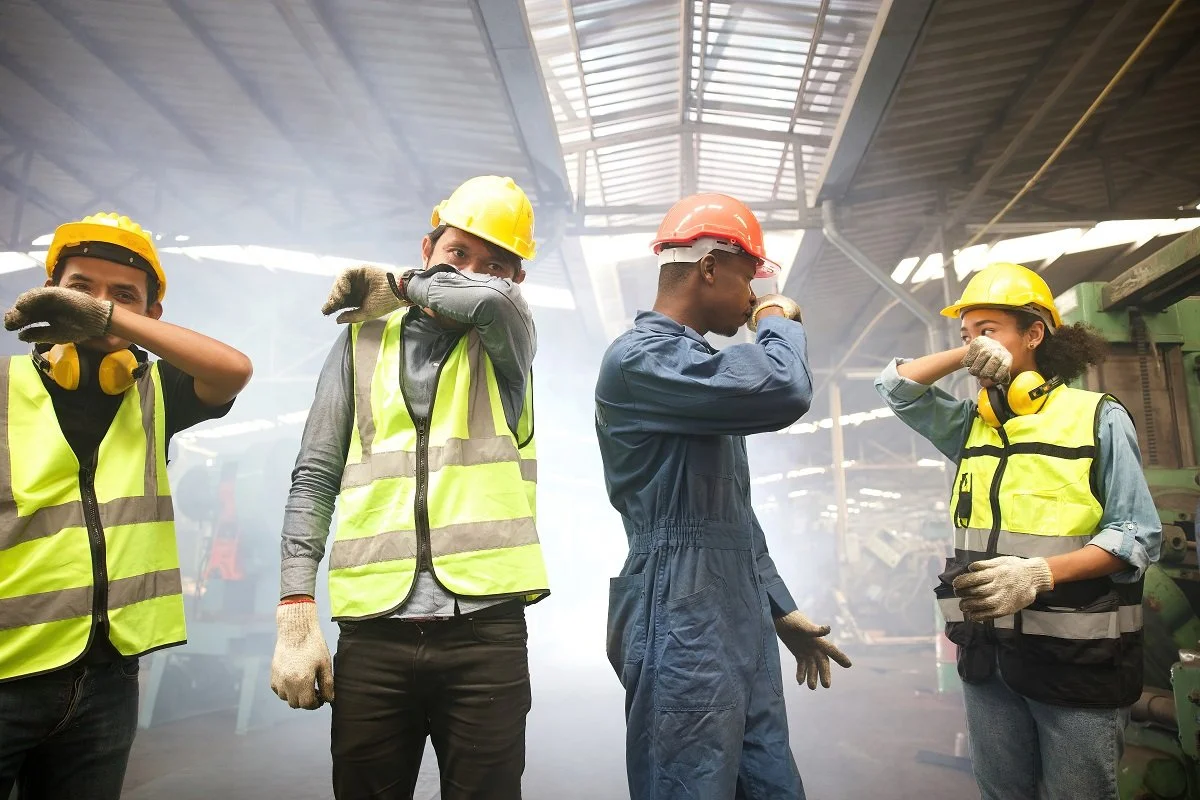Mitigating Pollution Liability Exposure
Author, Sam Clayton, Vice President, Construction Group, Rancho Mesa Insurance Services, Inc.
No matter what trade, contractors face environmental risks from their operations. Contactors pollution liability (CPL) insurance has now become an integral part of a contractor’s insurance program. The industry is seeing contractual requirements for this coverage from a combination of owners, developers and general contractors for projects of all sizes.
While many contactors assume their commercial general liability (CGL) policy would cover a pollution claim; the unfortunate reality is that most CGL policies have pollution exclusions that leave contractors uninsured in the case of a pollution incident.
Pollution incidents are causing some type of contamination on a job site. And, contamination is the operative word in all pollution exclusions. With such a broad definition extending to so many types of construction, it is important to understand how a pollution incident can happen on the jobsite.
Pollution incidents can happen to contractors in many trades. Real-world examples include:
An HVAC system is installed improperly, which over time, causes moisture and ultimately mold to spread throughout a residential building, causing bodily injury and property damage.
A painting contractor does not properly ventilate a residential facility causing exposure to fumes which lead one or more residents to hospitalization.
Dirt being excavated from one area of a job site to another is contaminated with arsenic and lead. The chemicals are then spread to a larger area which is later found by a soils expert.
Construction equipment on a project site has hydraulic fuel lines cut by vandals, causing fuel to leak out and contaminate the soil.
A contractor punctures an underground storage tank during excavation, causing the product to spill into the soil and groundwater.
In addition to implementing an effective plan to reduce the likelihood of pollution incidents on the jobsite, a best practices approach to protecting contractors from this type of exposure is to transfer the risk to a CPL policy.
Contractors pollution liability insurance provides coverage for third party bodily injury, property damage and pollution clean-up costs as a result of pollution conditions for which the contractor may be responsible.
A pollution incident can include the discharge of pollutants brought to the job site, a release of pre-existing pollutants at the site or other pollution conditions due to the performance of the contractor’s or a lower tier subcontractor’s operations. In addition to the potential loss of reputation, often overlooked expenses that can negatively impact a profit and loss statement are the costs incurred to defend a company involved in a pollution claim.
Contact me at (619) 937-0167 or sclayton@ranchomesa.com if you would like to discuss your pollution liability risk.

